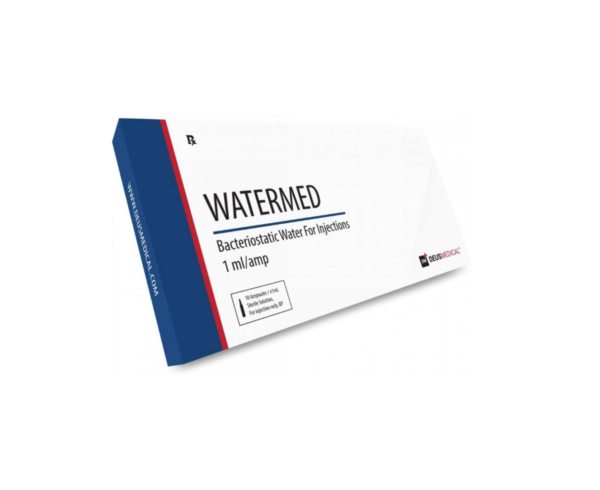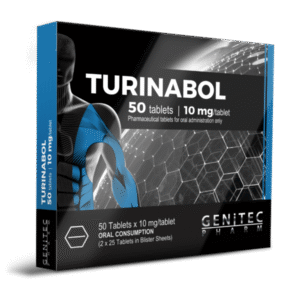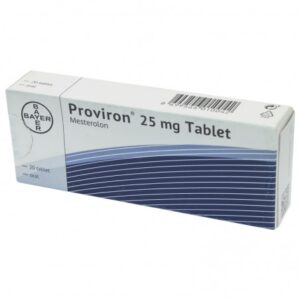What is bacteriostatic water
Bacteriostatic water (bacteriostatic water for injection) is sterile water containing 0.9% benzyl alcohol used to dilute or dissolve medications. The container can be reinserted multiple times (usually through a sterile needle), and the benzyl alcohol suppresses or stops the growth of most potentially contaminating bacteria.
Bacteriostatic water is available generically and has the same name. Bacteriostatic water can be used to dilute medications that can then be administered by intravenous, intramuscular, or subcutaneous injection .
Order cheap Bacteriostatic water discreetly online without a prescription, safely and reliably through our Dutch pharmacy.
Side effects
Side effects of bacteriostatic water in adults are few, if any, and if they do occur, they may be related to contamination, particulate matter, or the medication being dissolved (see below). Side effects that may occur after adding medications to bacteriostatic water include fever, abscess formation, venous thrombosis or phlebitis, tissue death, and infections.
Dosage
Bacteriostatic water for injection is supplied in a 30 ml multi-dose, non-pressurized plastic flip-top bottle. It is not used for neonatal medication due to potential blood pressure changes and benzyl alcohol toxicity.
If bacteriostatic water is injected intravenously without any diluted compound, it may cause some red blood cell lysis because it is not isotonic.
Bacteriostatic water usually does not interact with other medications; however, some injectable medications may be incompatible. Tell your doctor about all medications and supplements you are taking.
Tell your doctor if you are pregnant before taking bacteriostatic water. Consult your doctor before breastfeeding.
How to mix medicines with bacteriostatic water:
- Wipe the rubber stopper on the first vial using an alcohol pad to reduce the risk of contaminating the medication while inserting the needle into the vial.
- Pull back the syringe plunger until the volume of air in the syringe equals the volume to be withdrawn from the medication vial.
Without inverting the vial, insert the needle into the top of the vial, ensuring the beveled tip of the needle does not touch the solution. Inject the air into the vial and retract the needle. This step displaces the air in the vial, preventing a partial vacuum from forming as the medication is withdrawn. - Using a new needle, repeat the step above for the second vial or empty mixing vial. Then, after injecting the air into the second vial, invert the vial, withdraw the prescribed dose, and retract the needle.
- Wipe the rubber stopper of the first vial again and insert the needle, making sure not to push the plunger. Invert the vial, pull the
- prescribed dose and then withdraw the needle.
- Change the needle on the syringe, if indicated.
Finally, dispose of all waste in the appropriate sharps container.



